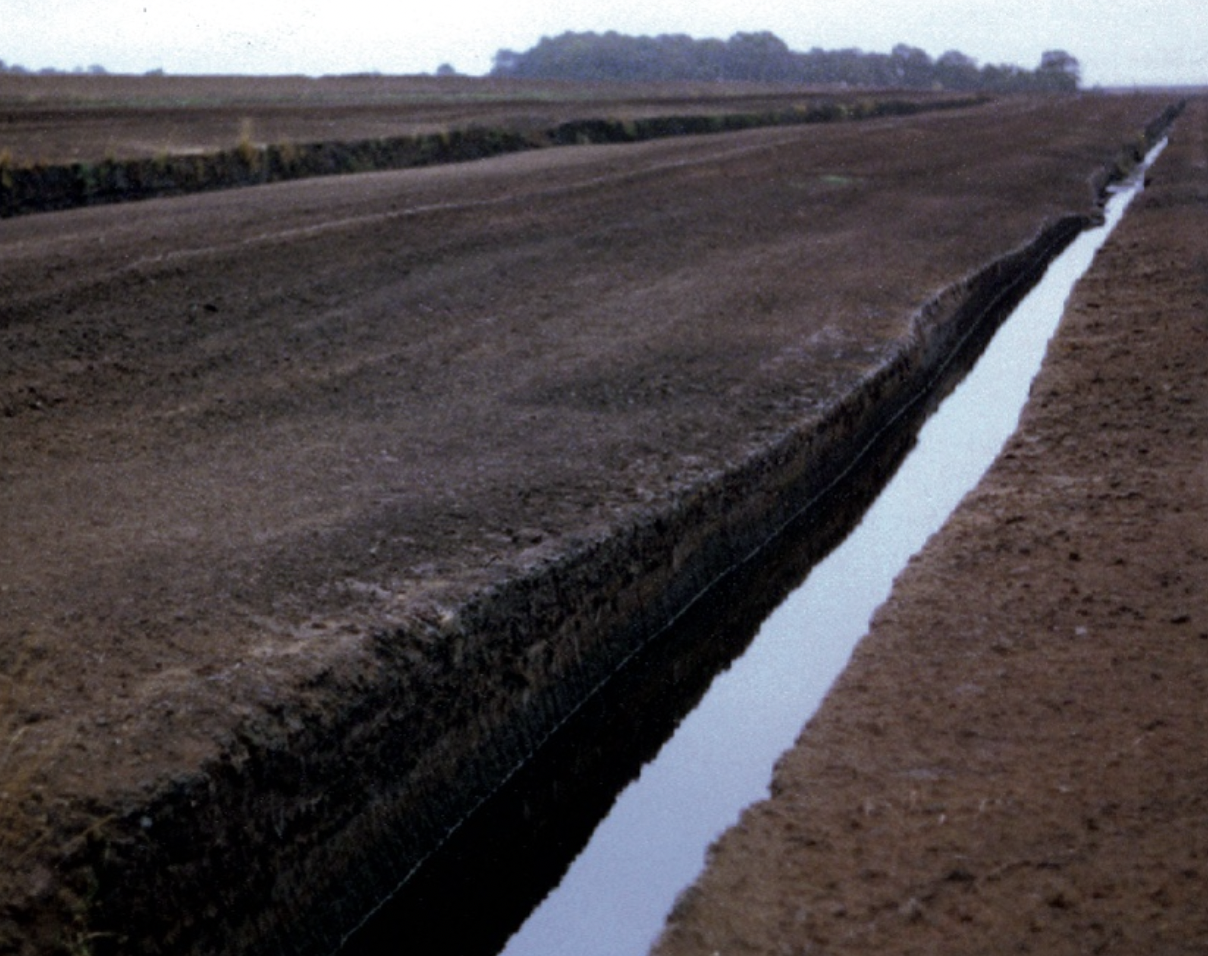Press Release
Since the Irish Peatland Conservation Council (IPCC) was founded in 1982, the Council have been campaigning for the end of industrial scale peat extraction due to the importance that peatland holds in terms of the rare and globally unique species they support, the freshwater regulation services they provide, the carbon emissions released through development and because of the damage peat extraction has caused to Ireland’s rivers and lakes through the release of peat sediments. The EPA investigation into the 38 large scale sites highlight the peat extraction industry’s lack of oversight, lack of regulation and how it has been dodging environmental concerns using irresponsible planning laws. With the information not shocking as iPCC have made many planing enquires as to the legality of some of these sites as a part of our work on behalf of our supporters.
 When the Government established “The Review of the Use of Peat Moss in Horticulture” Working Group in 2021 two recommendations of the report published by the Chairman was that the Government would issue Guidelines on “How to Navigate the Planning System for Peat Extraction” and that peat exports should be halted and saved for the domestic users. Is the recent news of these investigations now evidence that these recommendations have failed? With such a convoluted system regulation is easily diverted. These sites have no restoration or rehabilitation plans and the photos within the released EPA Site Visit reports show some of the drains full of decomposing peat silt making its way into waterways.
When the Government established “The Review of the Use of Peat Moss in Horticulture” Working Group in 2021 two recommendations of the report published by the Chairman was that the Government would issue Guidelines on “How to Navigate the Planning System for Peat Extraction” and that peat exports should be halted and saved for the domestic users. Is the recent news of these investigations now evidence that these recommendations have failed? With such a convoluted system regulation is easily diverted. These sites have no restoration or rehabilitation plans and the photos within the released EPA Site Visit reports show some of the drains full of decomposing peat silt making its way into waterways.
The peat extraction industry is not responsible enough to regulate themselves and drag their feet for bumper profits, the IPCC call again for peat moss compost to be removed from the public retail sector where it is not needed and halt peat exports which have no benefit domestically.
The IPCC emphasises that peatlands are not just an essential part of our natural heritage and support indigenous biodiversity; they are critical to global efforts in combating climate change. We need the Local Authorities and Environmental Protection Agency to divert enough capacity to fully investigate these sites and seek funds for rehabilitation.
